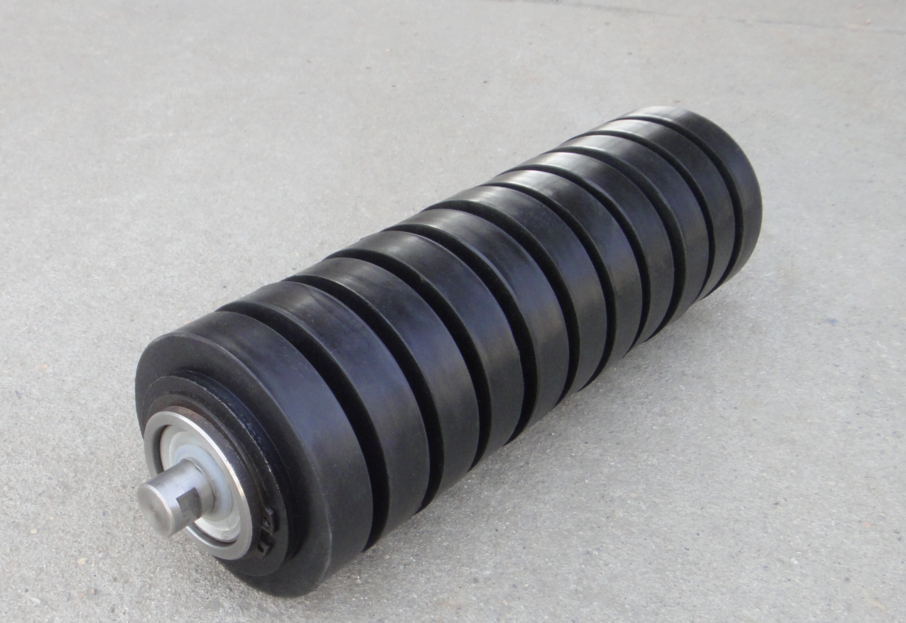 Afrikaans
Afrikaans  Albanian
Albanian  Amharic
Amharic  Arabic
Arabic  Armenian
Armenian  Azerbaijani
Azerbaijani  Basque
Basque  Belarusian
Belarusian  Bengali
Bengali  Bosnian
Bosnian  Bulgarian
Bulgarian  Catalan
Catalan  Cebuano
Cebuano  Corsican
Corsican  Croatian
Croatian  Czech
Czech  Danish
Danish  Dutch
Dutch  English
English  Esperanto
Esperanto  Estonian
Estonian  Finnish
Finnish  French
French  Frisian
Frisian  Galician
Galician  Georgian
Georgian  German
German  Greek
Greek  Gujarati
Gujarati  Haitian Creole
Haitian Creole  hausa
hausa  hawaiian
hawaiian  Hebrew
Hebrew  Hindi
Hindi  Miao
Miao  Hungarian
Hungarian  Icelandic
Icelandic  igbo
igbo  Indonesian
Indonesian  irish
irish  Italian
Italian  Japanese
Japanese  Javanese
Javanese  Kannada
Kannada  kazakh
kazakh  Khmer
Khmer  Rwandese
Rwandese  Korean
Korean  Kurdish
Kurdish  Kyrgyz
Kyrgyz  Lao
Lao  Latin
Latin  Latvian
Latvian  Lithuanian
Lithuanian  Luxembourgish
Luxembourgish  Macedonian
Macedonian  Malgashi
Malgashi  Malay
Malay  Malayalam
Malayalam  Maltese
Maltese  Maori
Maori  Marathi
Marathi  Mongolian
Mongolian  Myanmar
Myanmar  Nepali
Nepali  Norwegian
Norwegian  Norwegian
Norwegian  Occitan
Occitan  Pashto
Pashto  Persian
Persian  Polish
Polish  Portuguese
Portuguese  Punjabi
Punjabi  Romanian
Romanian  Russian
Russian  Samoan
Samoan  Scottish Gaelic
Scottish Gaelic  Serbian
Serbian  Sesotho
Sesotho  Shona
Shona  Sindhi
Sindhi  Sinhala
Sinhala  Slovak
Slovak  Slovenian
Slovenian  Somali
Somali  Spanish
Spanish  Sundanese
Sundanese  Swahili
Swahili  Swedish
Swedish  Tagalog
Tagalog  Tajik
Tajik  Tamil
Tamil  Tatar
Tatar  Telugu
Telugu  Thai
Thai  Turkish
Turkish  Turkmen
Turkmen  Ukrainian
Ukrainian  Urdu
Urdu  Uighur
Uighur  Uzbek
Uzbek  Vietnamese
Vietnamese  Welsh
Welsh  Bantu
Bantu  Yiddish
Yiddish  Yoruba
Yoruba  Zulu
Zulu Different Types of Idlers Used in Belt Conveyors for Optimal Performance
Types of Idlers in Belt Conveyors
Belt conveyors are widely used in various industries, including mining, manufacturing, and material handling, due to their efficiency and versatility in transporting materials. A crucial component of any belt conveyor system is the idler, which supports the belt and aids in the material handling process. Idlers are essential for ensuring the smooth operation of the conveyor, and understanding the different types available is vital for optimizing performance and reducing wear.
What is an Idler?
An idler is a roller or series of rollers that supports the belt and helps guide it along its path. Idlers are typically installed at regular intervals along the length of the conveyor, and they play a critical role in maintaining belt alignment, reducing friction, and assisting in the overall load support. Idlers come in various shapes and sizes, each designed for specific applications and load conditions.
Types of Idlers
1. Carrying Idlers Carrying idlers are perhaps the most common type, providing the primary support for the belt and the load it carries. They are usually arranged in a series to maintain the essential shape of the belt as it moves along the conveyor. Carrying idlers can be flat, inclined, or transition types, each accommodating various loading conditions and material types.
2. Return Idlers Return idlers serve a different purpose; they support the belt as it returns from the discharge point back to the loading end. These idlers are typically flat and can help minimize belt sagging, ensuring that the belt maintains its tension and remains properly aligned. Return idlers are crucial for preventing excessive wear on the belt's underside, which is often overlooked.
types of idler in belt conveyor

3. Impact Idlers Impact idlers are specifically designed to absorb the shock and impact of heavy loads being dropped onto the conveyor belt. They feature a robust structure that is able to withstand high forces without significant deformation. By using impact idlers at the loading points, companies can prolong the life of the belt and reduce maintenance costs.
4. Training Idlers Training idlers are used to adjust and align the belt throughout the conveyor system. These idlers are strategically placed to help correct any misalignment, ensuring that the belt travels on its intended path. Proper belt alignment is crucial for minimizing wear and maximizing the lifespan of both the belt and idlers.
5. Rubber-Disc Idlers Rubber-disc idlers are another variation that features rubber discs mounted around a steel shaft. This design helps to reduce the friction between the belt and the idler, which can enhance the overall efficiency of the conveyor system. These idlers are beneficial when conveying materials that are prone to damage or wear.
6. Specialty Idlers Depending on the specific needs of a conveyor application, specialty idlers may be utilized. These can include idlers with features such as self-lubricating properties, rollers designed for high-temperature environments, or idlers that can accommodate explosive or corrosive materials. Specialty idlers are designed to meet the diverse needs of various industries, providing tailored solutions for unique challenges.
Conclusion
Understanding the different types of idlers in belt conveyor systems is essential for anyone involved in material handling or conveyor maintenance. Each type of idler plays a specific role in the efficiency, reliability, and durability of the conveyor system. When selecting idlers, it is crucial to consider factors such as the type and weight of the material being transported, the environmental conditions, and the required maintenance levels. By choosing the right idlers for a specific application, organizations can enhance the performance of their conveyor systems, reduce operational costs, and prolong equipment life, leading to more efficient and effective material handling processes.
-
Revolutionizing Conveyor Reliability with Advanced Rubber Lagging PulleysNewsJul.22,2025
-
Powering Precision and Durability with Expert Manufacturers of Conveyor ComponentsNewsJul.22,2025
-
Optimizing Conveyor Systems with Advanced Conveyor AccessoriesNewsJul.22,2025
-
Maximize Conveyor Efficiency with Quality Conveyor Idler PulleysNewsJul.22,2025
-
Future-Proof Your Conveyor System with High-Performance Polyurethane RollerNewsJul.22,2025
-
Driving Efficiency Forward with Quality Idlers and RollersNewsJul.22,2025





























